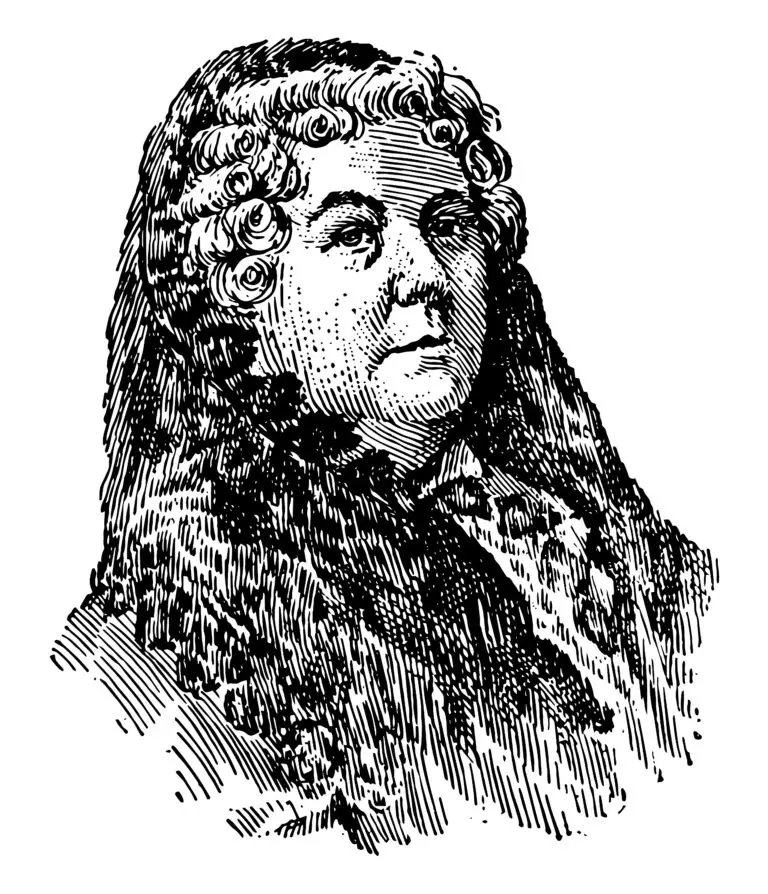Seneca Falls Convention

Table of Contents
Seneca Falls Convention Overview
The Seneca Falls Convention was a historic gathering that took place in Seneca Falls, New York, from July 19 to 20, 1848.
It is widely recognized as the first women’s rights convention in the United States and a landmark event in the history of the women’s suffrage movement. The convention marked the beginning of organized efforts to secure women’s rights and played a key role in the broader struggle for gender equality.
History of Seneca Falls Convention
The Seneca Falls Convention, held in Seneca Falls, New York, from July 19 to 20, 1848, was the first women’s rights convention in the United States.
The convention was organized by Elizabeth Cady Stanton, Lucretia Mott, Mary Ann McClintock, Martha Coffin Wright, and Jane Hunt, among others.
The Seneca Falls Convention was attended by approximately 300 people, including both women and men.
The convention’s location was chosen in part because Seneca Falls was the home of prominent women’s rights activist Elizabeth Cady Stanton.
The Declaration of Sentiments, drafted primarily by Elizabeth Cady Stanton, was a key document produced at the convention. It echoed the language of the Declaration of Independence and asserted women’s equality, including the right to vote.
The Declaration of Sentiments listed various grievances against women’s unequal treatment, drawing attention to issues such as limited property rights, lack of educational opportunities, and denial of the right to vote.
Frederick Douglass, a prominent abolitionist and supporter of women’s rights, attended the convention and spoke in favor of women’s suffrage.
The attendees of the convention passed resolutions advocating for women’s rights, including the right to vote, and formed the basis for the women’s suffrage movement.
The convention’s call for women’s suffrage was initially met with resistance from some attendees, but it was ultimately included in the final Declaration of Sentiments.
Lucretia Mott, a Quaker minister and women’s rights advocate, played a significant role in organizing the Seneca Falls Convention and was a prominent speaker at the event.
Related Links
Declaration of Independence
Emancipation Proclamation
Plessy v. Ferguson
Suffrage Movement